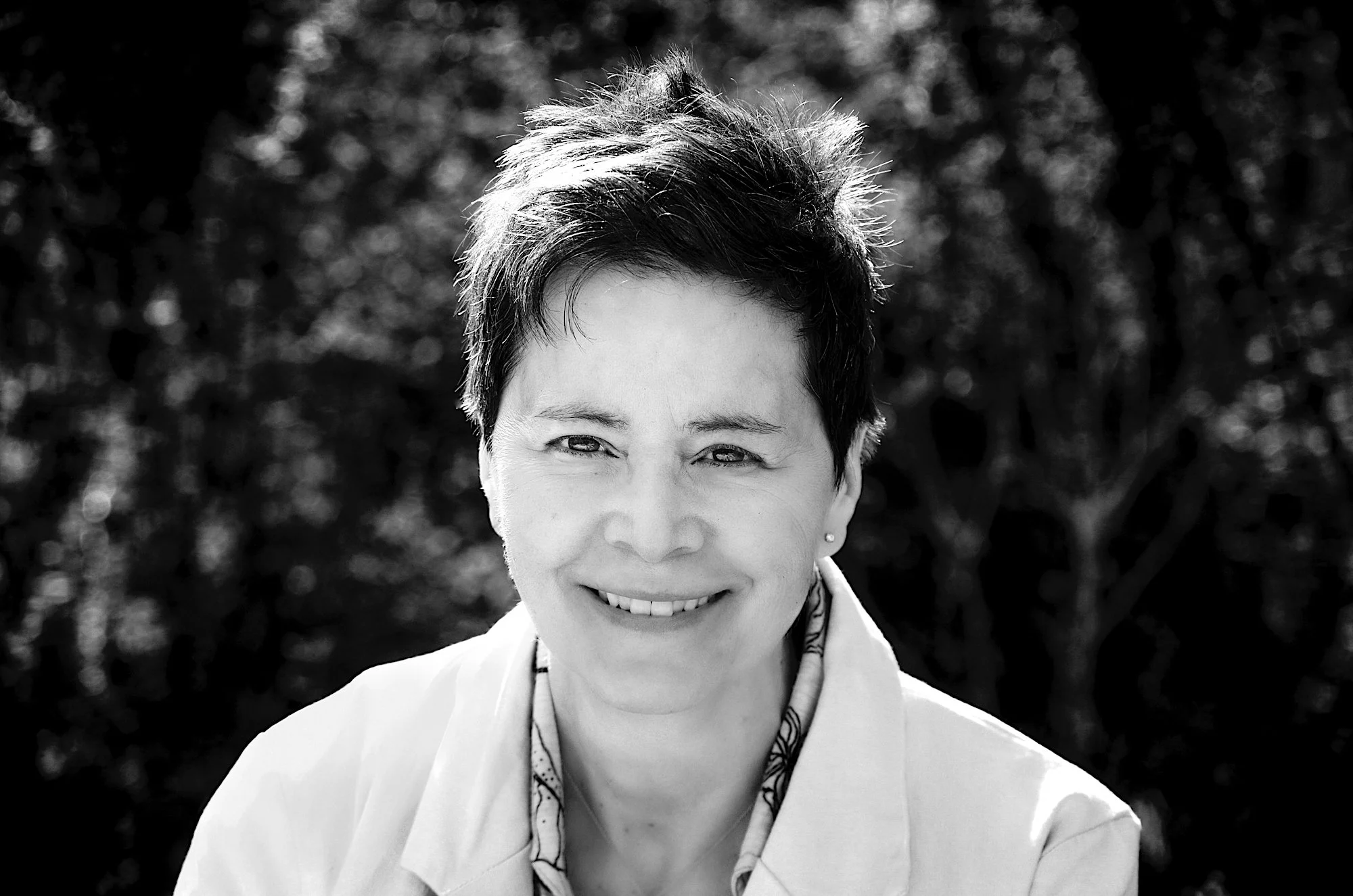Preview: Interview with Tommy Orange on Wandering Stars
In my spare time, I am much more likely to read or re-read a work or an author I have long admired than to pick up the latest title. I’m a bit old-fashioned that way. It’s hard for me to view books as trendy. In 2018, when I first heard the rave reviews of There There by Native American author Tommy Orange, I knew I would get to it in time. Eventually I did, last year, while struggling—still struggling -- to come to terms with the death of Toni Morrison. What was the connection? Me nah know. Only, it was after Morrison’s passing in 2019 that I began to feel pressed to read Orange’s novel. Set in the slightly innocuous environs of Oakland, California, There There constitutes a wrenching pentimento of urban Native existence. Orange beams us into the blistered souls of his extensive cast of contemporary characters, each one indelible – mothers, children, film makers, storytellers, protestors, dancers, addicts, alcoholics, sibling, elders. History seeps into the dailiness of these lives through vocabulary, violence and the indomitable persistence of Spirit. After reading There There I knew I needed to meet Tommy Orange. I felt a bit desperate about it, which is not usually the case. I am very passionate about my work, but not desperate to write for this or that paper, appear on this or that program, or even meet this or that author. Yet Tommy Orange, like Toni Morrison, felt different to me. I needed to understand something about the spiritual force of his writing I could only derive from speaking with him in person. When Wandering Stars, a sequel, was released in 2024, I ordered it from the library. I was the 240th person in line. But before the book was ready for pick-up, Tommy Orange came to town. Would this be my chance? It would. Long story long: Today, I am sharing with you a brief excerpt from my recent interview with Tommy Orange -his powerful words so precious to me. It’s a preview of a lengthier piece to come.
Wandering Stars is both stirring prequel and riveting sequel to the story of the Bear Shield/Red Feather family of Oakland California featured in There There. It begins in 1864 in Colorado with the heinous Sand Creek Massacre in which U.S. soldiers slaughtered 160 Southern Cheyenne men, women and children. A boy, Star, survives but is rounded up a decade later along with his friend Bear Shield and incarcerated with other Cheyenne and Arapaho at the Fort Marion prison-castle in St. Augustine, Florida
*******************
Donna: Why did you decide to begin Wandering Stars with the Sand Creek Massacre?
Tommy: I knew I wanted to start with the massacre because in a lot of ways it changed the course of history for the Cheyenne people- the Southern Cheyenne, in particular. It was a new era for the Cheyenne and that’s the story I set out to tell; a family story, but also the story of the tribe that I come from.
Donna: There There was decidedly and almost determinedly urban, contemporary, now. It has practically been your creed to resist depictions of Natives as historical. I was really surprised by the historical bent of Wandering Stars.
Tommy: It was definitely not what I wanted for the book! I was writing a straightforward sequel when I first started in March of 2018. But I was in Sweden on this museum tour, and they said they had some Southern Cheyenne material. I found out about the (Fort Marion) prison castle. It was just so startling to understand that my tribe was at the center of this major moment when the U.S. decided to adopt a policy to take the children and erase the culture. My people were the seed at this prison castle! I had already decided on Wandering Stars as a title when I saw that one of the names of the prisoners was Star and another was Bear Shield. When I saw the name Bear Shield, it started to feel as though I was not totally in control. When these things lined up, I was like, I guess this is the story I’m telling. I think when you work on something big like this, you are communicating or collaborating with something deeper that is not even you. And that’s part of what I like about getting involved with a novel.
Donna: In the novel you talk about the fact that dark songs must be sung. What do you mean by dark songs? Is this a comment on Native joy?
Fort Marion in St. Augustine, Florida
Tommy: There are a lot of people who use art as a way to move pain and transform pain. And that’s the art I would include in dark songs because you are having to move through the pain in order to heal. I would like for Native people to get to the place of celebrating Native joy. But I think there’s a lot we haven’t talked about in public; a lot that the public hasn’t dealt with in this country (Canada) and in the States. I think we are still at the place where we need to unearth the stuff we are burying with the story of nationalism and of how great our country’s foundation is. I would like to get to that place. But we’re still at the time of singing through the dark.
This is a preview of my interview with Tommy Orange. We met June 5, 2024 at the offices of Penguin Random House on Front Street in Toronto. Tommy Orange is an enrolled member of the Cheyenne and Arapaho tribes of Oklahoma. He was born and raised in Oakland, California.







